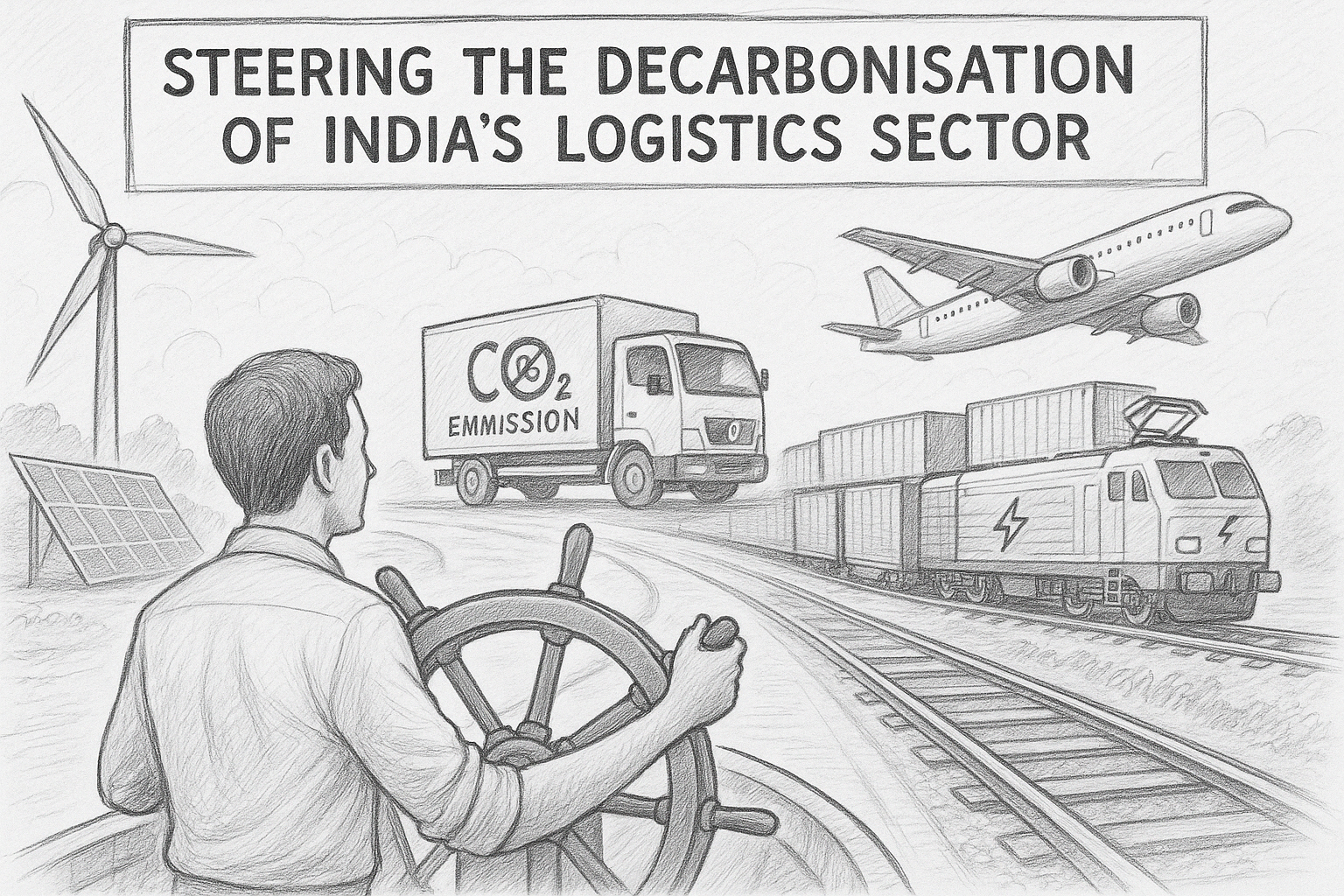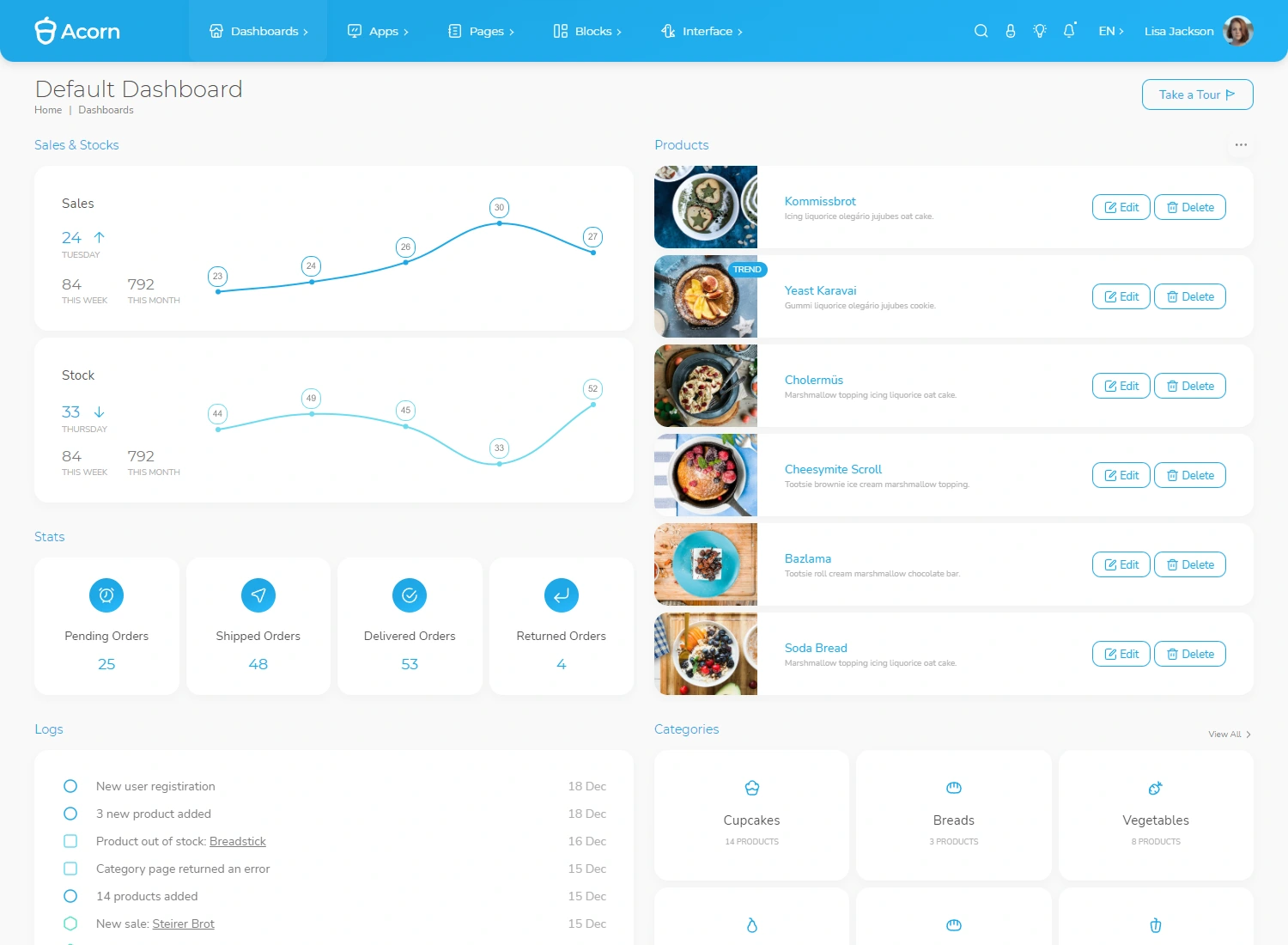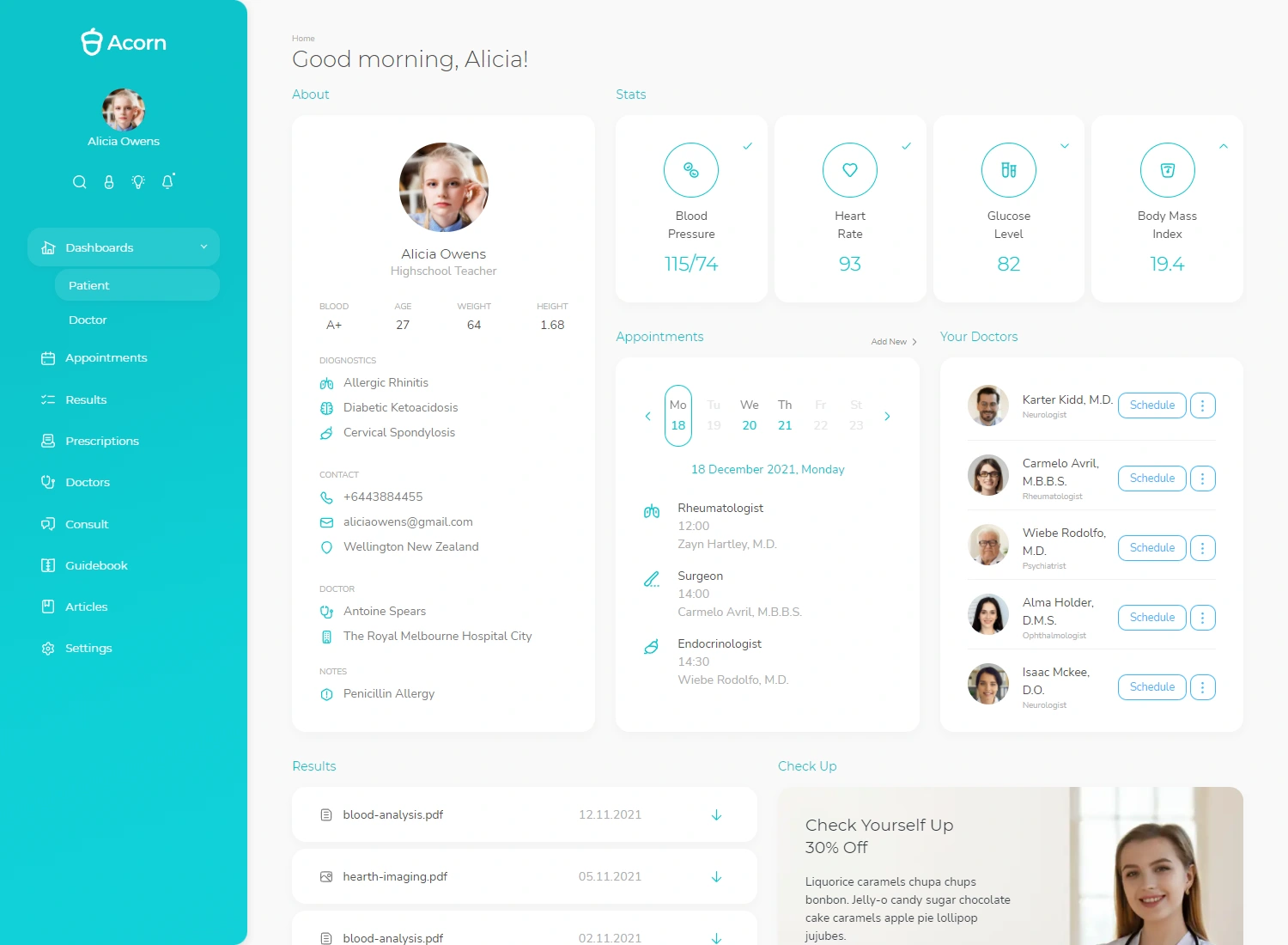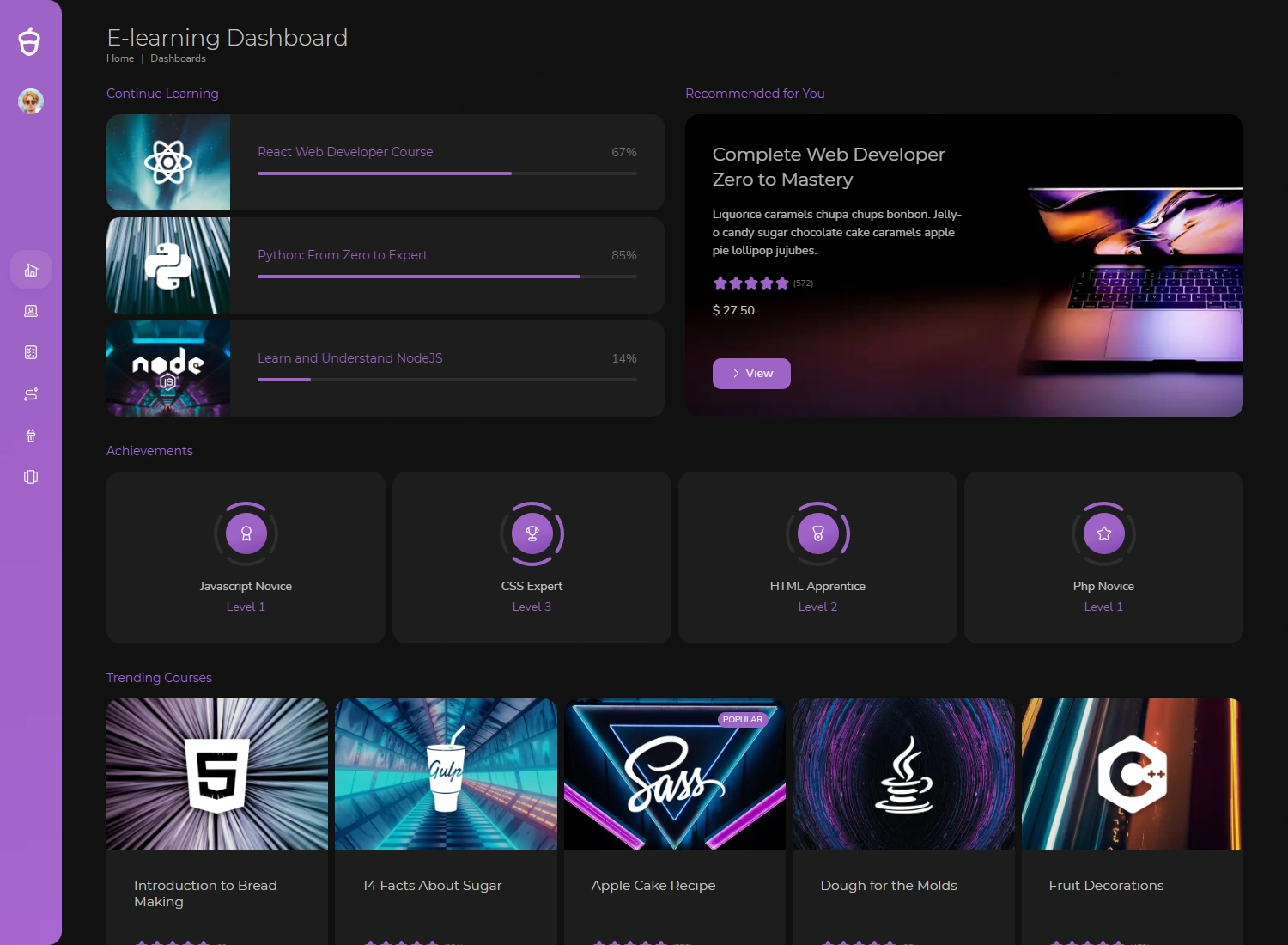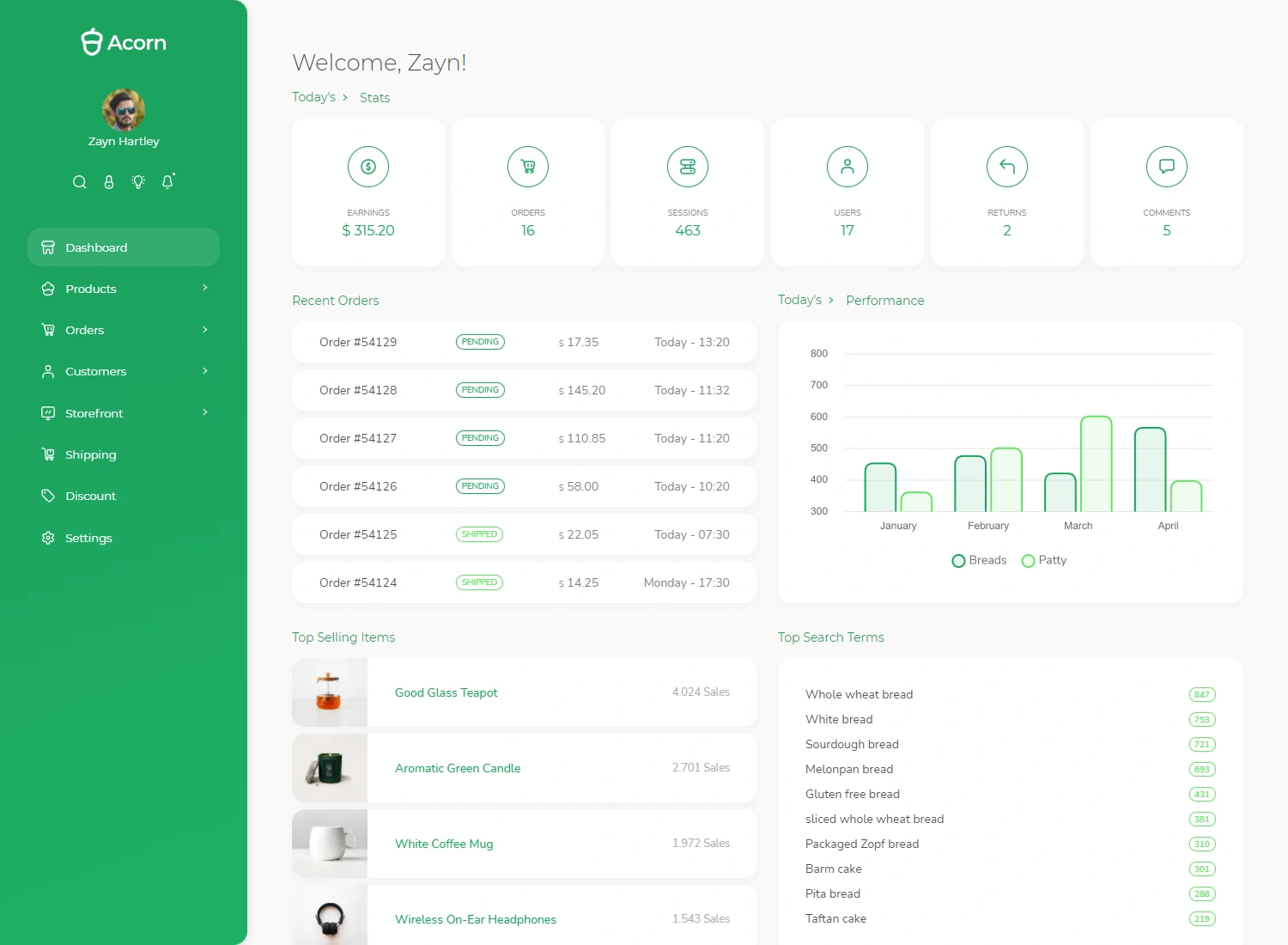A Silent Challenge in India’s Development Journey
India’s economic trajectory is bold and ambitious — aiming for a $5 trillion economy and a developed nation status by 2047. At the heart of this goal lies the logistics sector, acting as the nervous system of India’s supply chain — transporting goods, enabling last-mile delivery, and powering commerce. However, the environmental cost of this vast movement of goods is staggering.
Logistics, while vital for inclusive development, is now one of the most carbon-intensive sectors in the country, contributing about 13.5% of India’s total greenhouse gas emissions, with road transport alone accounting for 88% of that. Trucks, the workhorses of freight movement, contribute 38% of CO₂ emissions, according to the International Energy Agency (IEA, 2023).
This scenario demands urgent intervention — not just to reduce emissions but to future-proof the sector in a climate-vulnerable world.
The Carbon Footprint of Mobility and Storage
The sector’s carbon load isn’t limited to transportation. Warehousing, another crucial component, consumes massive energy for lighting, air conditioning, and storage operations. Warehouses are rarely discussed in decarbonisation roadmaps, but their transformation is key to building a green logistics chain.
Further, projections indicate that India’s logistics demand — both freight and passenger — will increase significantly by 2030. Coastal shipping cargo is expected to rise 1.2 times, and inland waterway movement is set to triple. If this growth follows a fossil-fuel path, India’s net-zero target by 2070 would be in jeopardy.
Global Models and Green Shifts
Countries such as China and the United States have shown that shifting freight from road to rail significantly cuts emissions. China has boosted its rail infrastructure to achieve a freight share of nearly 50%, while the U.S. has made rail a leader in low-emission cargo transport.
India already has an edge in this shift. The Indian Railways, a frontrunner in electrification, is inherently a cleaner mode of freight transport. Boosting its share from the current 27% to over 45% could be one of India’s most effective decarbonisation strategies.
Innovative Domestic Steps: Electrification on the Highways
India is also piloting overhead electric wires on highways — an innovation seen in European countries like Germany. The Delhi-Jaipur electric freight corridor, now being tested, could serve as a model for electrified trucking nationwide. If successful, this would significantly reduce reliance on diesel-powered freight and cut logistics costs over time.
Harnessing Waterways and Maritime Potential
While road and rail take the spotlight, India’s maritime logistics also holds vast untapped potential. According to the International Maritime Organization (IMO), the global goal is to cut maritime emissions by 50% by 2050. India can fast-track its compliance by introducing:
-
LNG-powered vessels
-
Solar-electric hybrid boats
-
Methanol and hydrogen fuel adoption in coastal cargo ships
-
Electric barges for inland navigation
These steps are not just environmentally sound but also economically competitive in the long run.
Decarbonising the Skies and Warehouses
Aviation, though a small part of freight logistics, poses a decarbonisation challenge due to high dependence on refined fuels. However, advancements in Sustainable Aviation Fuels (SAFs) and increased freight share in other low-emission modes can reduce aviation’s overall footprint.
Warehousing, meanwhile, can undergo a green transformation by:
-
Installing solar rooftops and wind turbines
-
Transitioning to LED lighting and energy-efficient HVAC systems
-
Employing smart sensors to reduce electricity consumption
-
Using geothermal energy and green building standards
Policy Pathways and the Road Ahead
The transition to a green logistics ecosystem is not just about replacing fuels — it requires institutional change, investment, and integrated planning. Some policy directions include:
-
National Logistics Policy (NLP) to incorporate emissions targets and renewable mandates.
-
Green freight corridors with incentives for low-emission vehicles.
-
Public-private partnerships for electrified warehouses and multimodal hubs.
-
Subsidies or carbon credits for operators switching to clean energy.
-
Skill development for a green logistics workforce.
Conclusion: A Sustainable Road to Viksit Bharat
Decarbonising the logistics sector is not an environmental afterthought — it’s central to India’s economic transformation. The journey toward Viksit Bharat by 2047 must be paved not just with roads and tracks, but with climate-conscious decisions. A green logistics network will ensure resilience, lower costs, and international competitiveness, while protecting the planet.
The transition has already begun. But the scale and urgency demand that we accelerate. The carbon clock is ticking, and India must not just be a part of the change — it must lead it.
